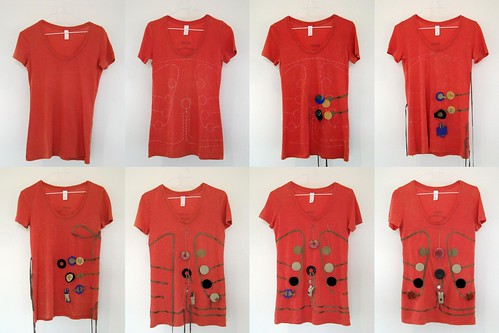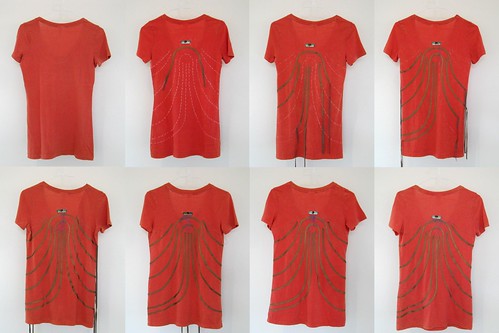Capturing Process
You are working on a project and want not only to document the outcome of your process, but also capture the journey of the process itself? This post is an attempt at collecting ideas for how to go about doing this.
A process journal can take many forms, most important is to start collecting things as soon as possible and to simply do so continuously. The act of capturing your process should not necessarily be much extra work, though in the beginning it can take effort to make it routine.
DECISIONS
Some decisions you will need to make before getting started:
A NAME
The name of your process journal need not be the same as your project title or your working title. But it can be.
If your project is called ‘’'From Dirt to Control’’’ then you could call your process:
Making-of: From Dirt to Control
From Dirt to Control (behind the scenes)
Process-journal: From Dirt to Control
You could also choose something generic like:
Process #001
Process 2020/04/15
Or:
Exploring Dirt and Control
A Research into Dirt and Control
Your options are limitless...
It can be very motivating to pick a title that you like, so do take some time to think about something. But also don’t take too long. You can always change it later...
FORMAT(S)
What kind of *stuff* will you be doing, making, thinking? Will you be sketching, writing, making physical models, 3D models, collecting links, bibliographies, taking pictures, videos, audio recordings…… You can choose one or many formats, and you can change/adjust to what works best for the process as the project develops.
PLATFORM(S)
If you choose to make your process public, then you should find a platform, or platforms for publishing your format to. These days, The Internet is the place all things end up…. and there are many platforms to use, ranging from making your own blog or website or using a photo or video service.
Here are a list of tools that you could consider: >> http://hyperdramatik.net/mediawiki/index.php?title=Websites
PRIVATE <————> PUBLIC
How private or public do you want it to be? At least for the start, since you can change this later.
Advantages of keeping it private
- if you are not used to sharing so much of yourself and your process, then this might make it easier for you *to be yourself not judge what you share and what not.
Advantages of making it public
- other people will see your process as it is unfolding and have a change to comment and exchange ideas with you.
- knowing that other people will see what you are doing might motivate you to post regular content and become more and more diligent about capturing more and more detail.
- knowing that other people are looking, might also force you to parse things before you share them, this being a moment for you to see and reflect on what you are doing.
FINDING ROUTINE?
Finding/making a routine of capturing your process is not easy and should not be underestimated. In the beginning you have to manage/balance try different FORMATS and PLATFORMS while also forcing yourself to stick to something for at least a while to see the results.
For some it works to simply capture and document live (in real-time) along the way.
Others like to set aside some time each day to write-up, photograph or record a video.
And others prefer to do it once a week.
HOW CREATIVE CAN I BE?
Definitely BE CREATIVE and experimental about capturing your process!
It depends on how important the process documentation is, and what you want to get out of it. Is it simply to show others your journey from start to end? Is it a reflective tool for yourself to observe your process and learn how you work. Is it a creative act in itself to be investigating your creative process in order to turn it into a process of its own? Think about these things in order to weigh and decide how much you think you should be spending on this part of your process.
EXAMPLES
Stream of Consciousness
Simply writing or collecting notes together into a long chunk of text in order to capture the development of thoughts.

Writing Letters
And publishing them on twitter with a hashtag #dearFutureKobaCustomer:
>> https://twitter.com/hashtag/dearFutureKobaCustomer?src=hashtag_click
>> https://www.flickr.com/photos/plusea/albums/72157703356103685
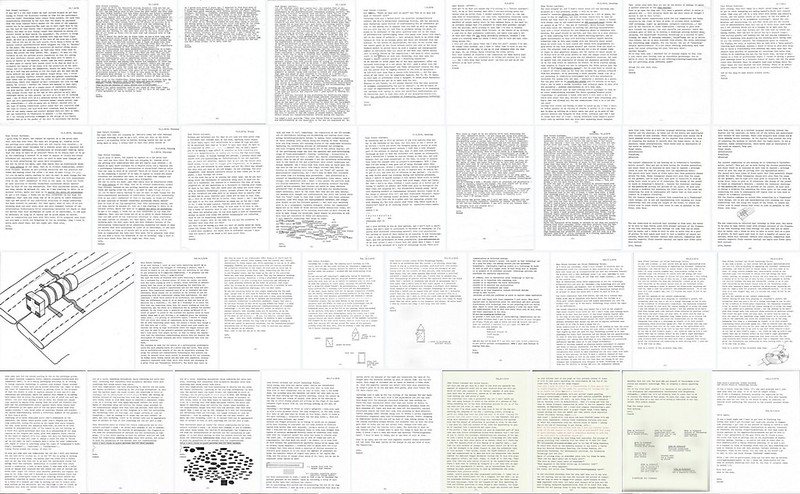
Collecting Samples & Taking Notes
Collecting samples and taking notes and then, at various points in the process, arranging them on a large surface in various orderings in order to look back on what one has made.
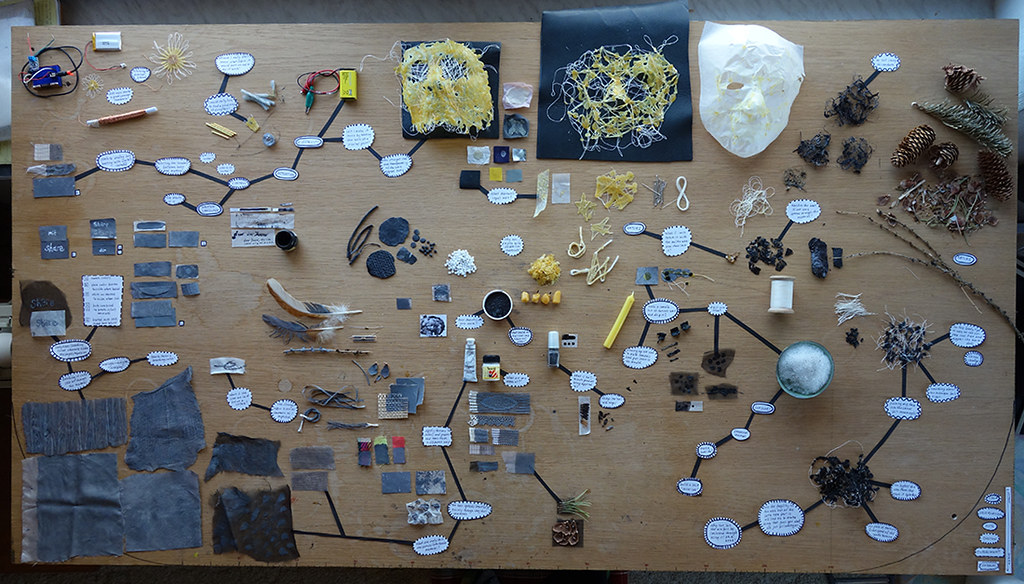
Using stop-motion animation to show the unfolding of the process:
video >> https://www.youtube.com/watch?v=Tu36vtVU6FA&feature=emb_logo
Mind-maps
Use pen&paper or a software tool to arrange your thinking in a mind-map.
Diagramming
Taking the time to illustrate your ideas as diagrams. These can be updated/remade over time to show a progression in thought.
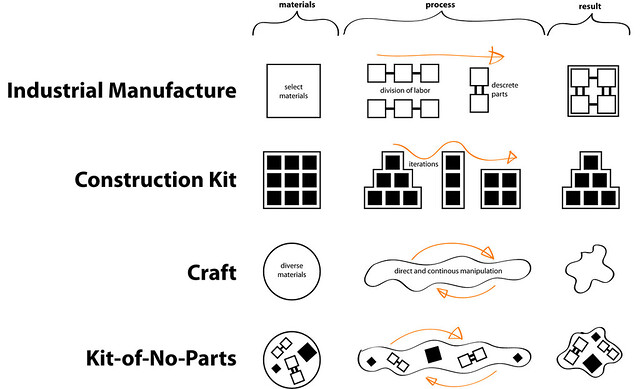
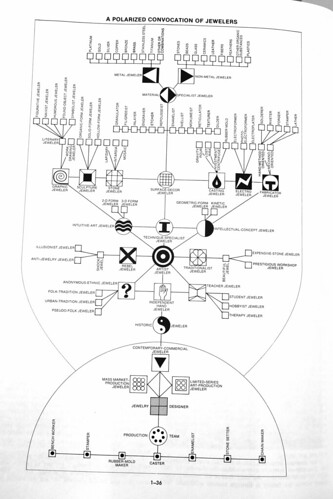
KNOLLING
>> https://en.wikipedia.org/wiki/Tom_Sachs_(artist)#Knolling
>> https://theultralinx.com/2013/09/50-amazing-examples-knolling-photography/
https://theultralinx.com/.image/c_limit%2Ccs_srgb%2Cq_auto:good%2Cw_500/MTI5MDI2MzE0NTkzMzY1OTg2/tumblr_mn9b2esdjo1qzcumdo1_500.webp

Using markings to indicate extra information:

EXPLOSION
Todd Mclellan – Things come apart
>> https://www.toddmclellan.com/thingscomeapar
>> https://www.toddmclellan.com/
Display Case
Arranging to show others
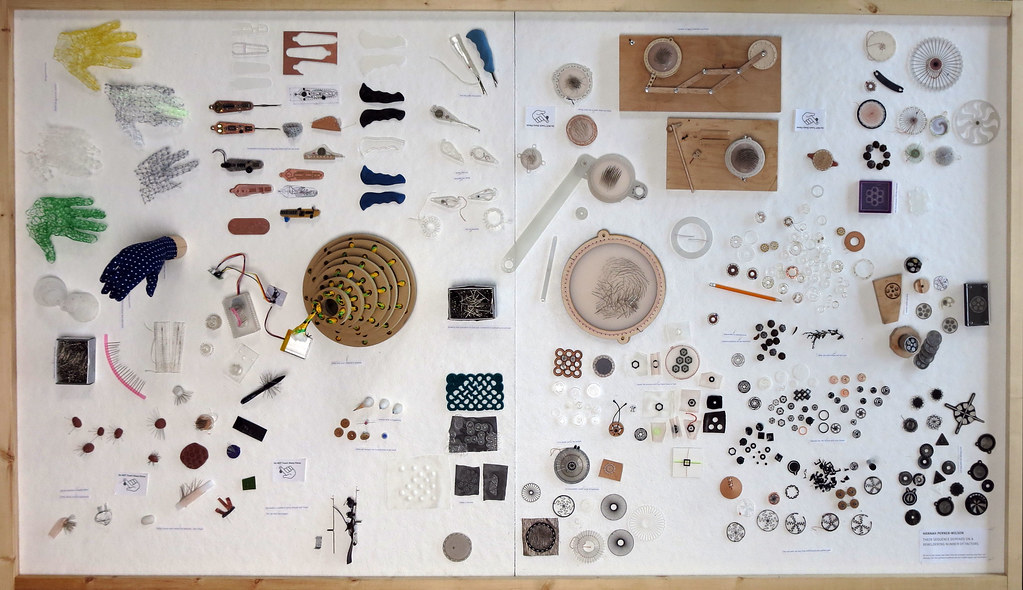
Remaking
Not as much about capturing process live, but in re-doing process physically in order to showcase/demonstrate how something was made.
